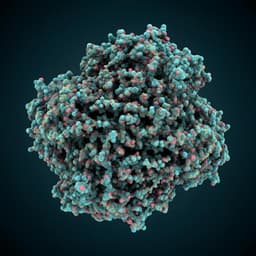
Engineering and Technology
Indirect Overgrowth as a Synthesis Route for Superior Diamond Nano Sensors
C. Findler, J. Lang, et al.
This exciting research by Christoph Findler, Johannes Lang, Christian Osterkamp, Miloš Nesládek, and Fedor Jelezko unveils a novel method called indirect overgrowth, significantly enhancing diamond nano sensors with nitrogen-vacancy centers. By reducing the passivation to NVH centers, their findings promise improved coherence times and are set to revolutionize quantum sensing applications!
Playback language: English
Related Publications
Explore these studies to deepen your understanding of the subject.







